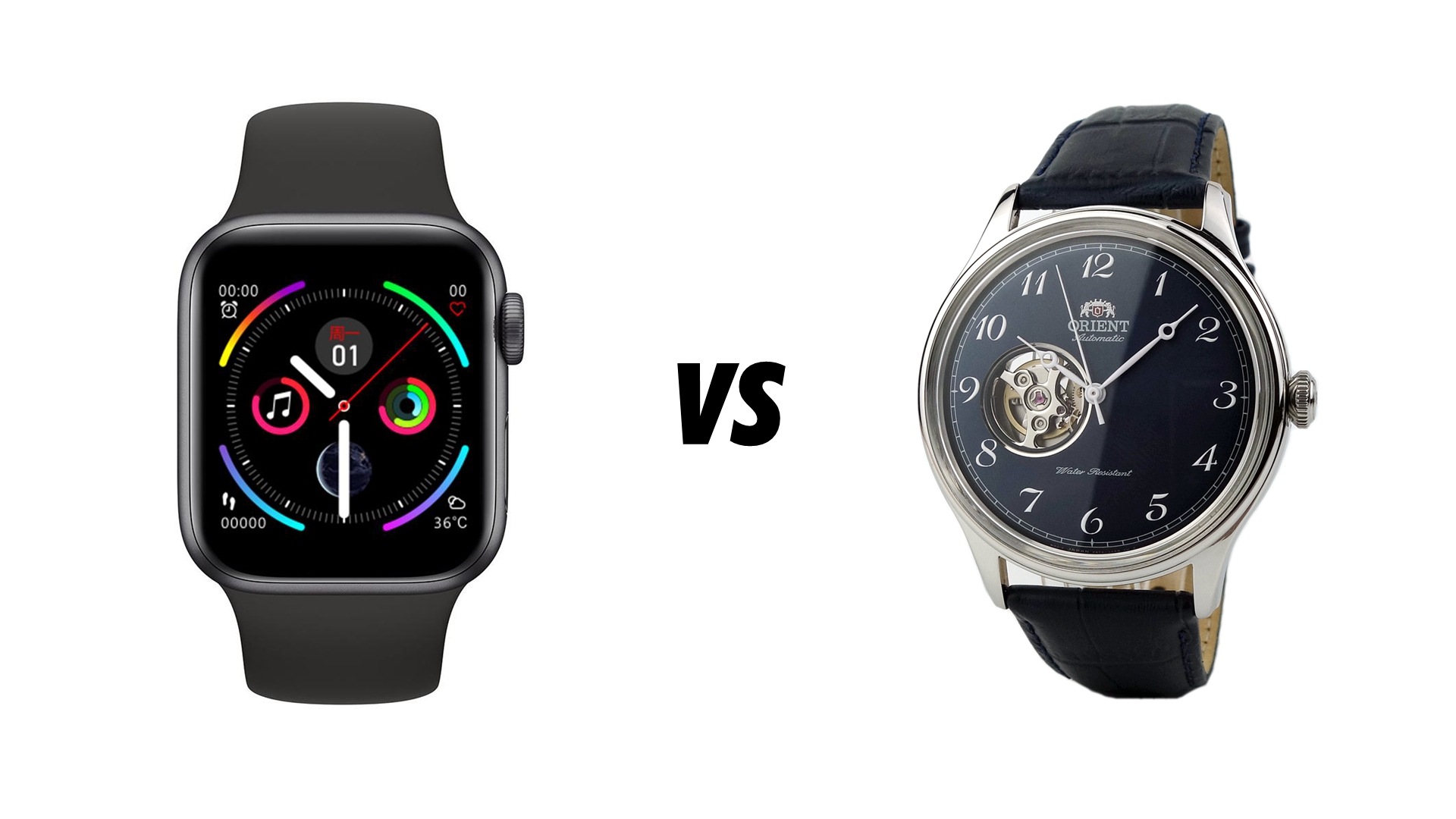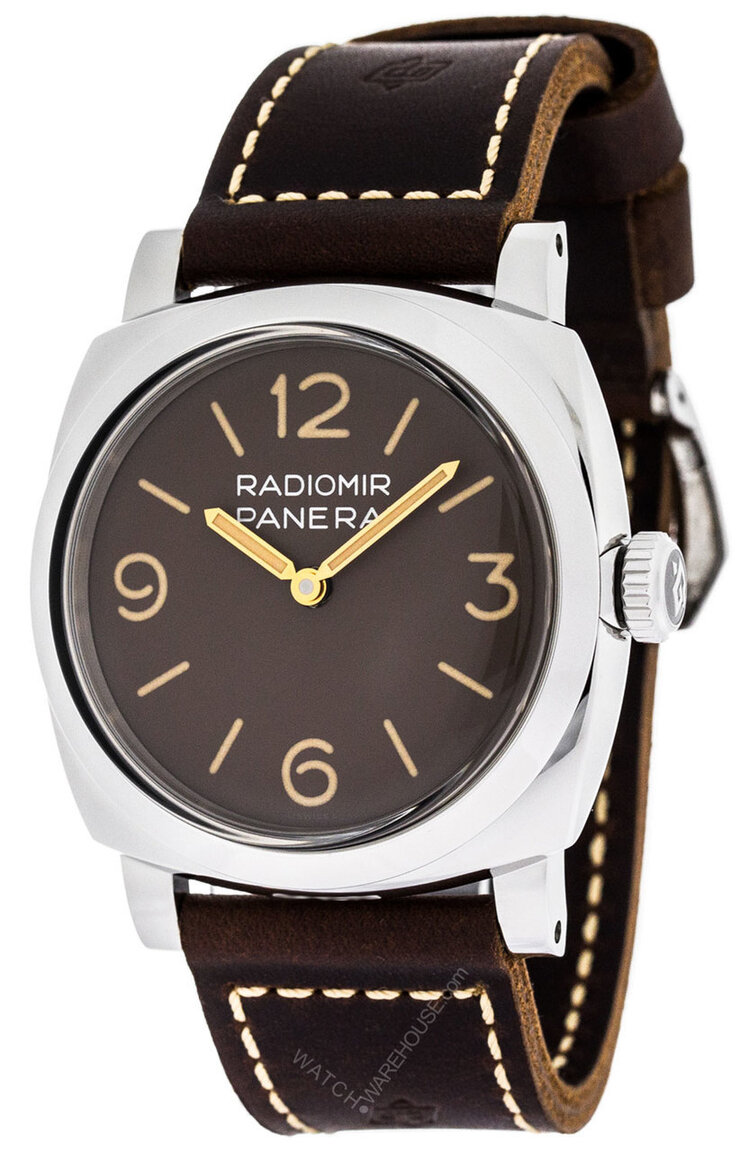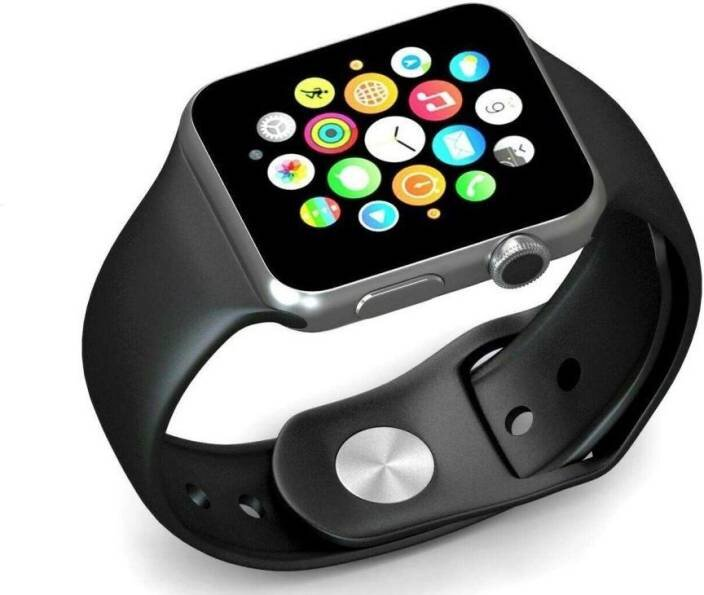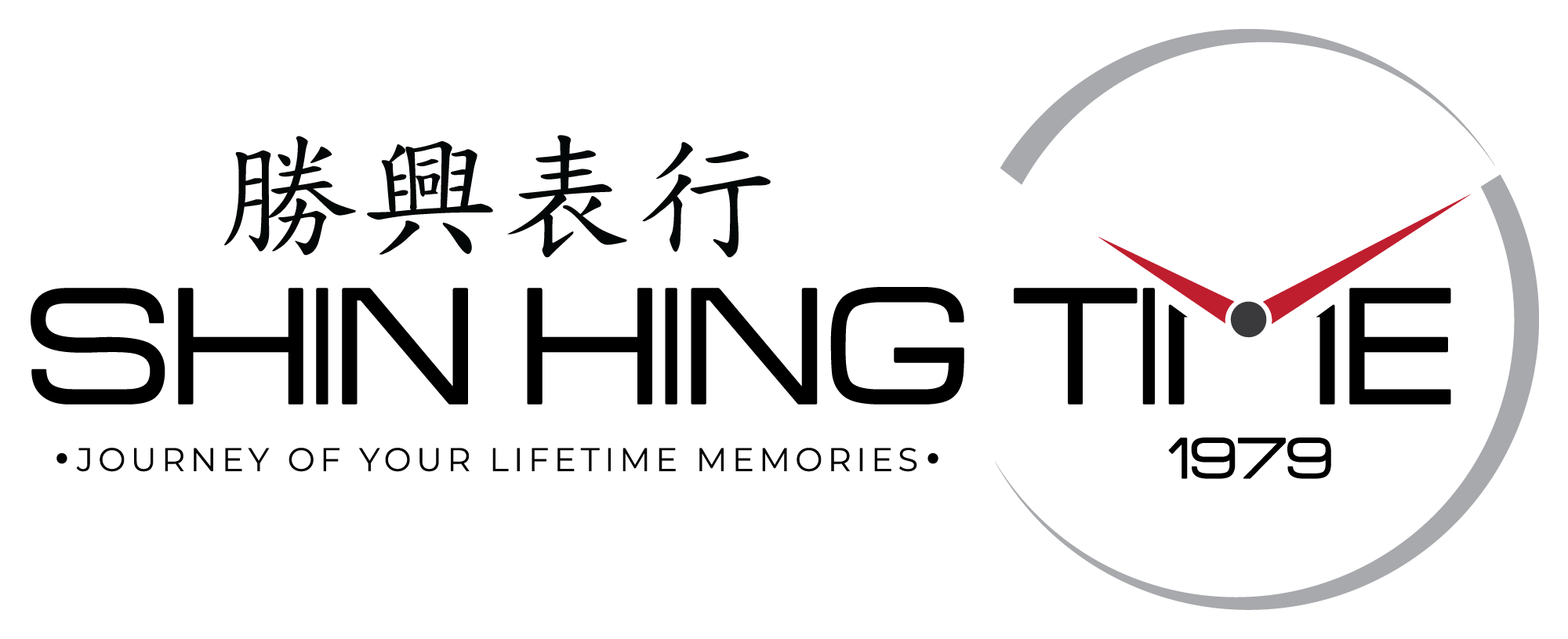
The wristwatch has been a timeless piece. Pardon the pun, but these watches have far outgrown their intended purpose of telling the time. Throughout the centuries, the wristwatch has become a status symbol. The earliest watches cost a king’s ransom, so if you pulled out a pocket watch from your coat in the 1700s, it simply declares that you are a person of wealth and power.
Nowadays, the dynamic of the watch as a status symbol still holds true. For businessmen, this is one way to project their economic capabilities as well as personal taste. In the higher circles, having a high-end watch shows that you belong in the big league, and you can deliver on any promise that you make. You can’t doubt someone with a Rolex, right?
Watches with a Purpose

After some time, the watches evolved with actual, functional purpose. The watches became resistant to the elements like water and dirt. They have been equipped to display more than just the time, but also water and air pressure.
It seemed like the watch has returned to its utilitarian roots, and as watch companies have emerged and made the price of watches more accessible to the general public, the watch gained a new purpose as an instrument of technological innovation.
The symbol for this purpose is the electronic digital watch. With an electronically generated face, the digital watches were first released in the 1970s, with the Hamilton Pulsar in 1972. It was challenged by other models like the Seiko 06LC in 1973, and other models followed suit.
As an enhancement of the electronic watch revolution, the digital watch became the medium of innovation. Hamilton introduced the Pulsar Calculator Watch and Casio also had models with digital music or even electronic games.
Truly Timeless Timepieces
Despite this technological outbreak, the traditional watch did not waver in its popularity. The electronic watches prioritized their function, and there was hardly any room for artistry, aesthetics or elegance. Also, since the watches were marketed to the younger audience, the focus was geared more for amusement.

The market for electronic digital watches did not have the same purchasing power as the patrons of the high class brands did not share the same interest for calculators and games. Thus, traditional watches have stood the test of time as the barometer for wealth and class.
Traditional watches denote style and elegance, and the top brands like Rolex and Omega have continued to perpetuate the image, using popular endorsers and influencers, inserting themselves in movies or programs to be worn by characters that embody the type of people the brand would want to be associated with. The best example of this is James Bond 007 as the endorser for Omega.
As long as there is an interest to propagate class stature and refined tastes, the traditional watches will live on, even as a bigger challenge looms.
The Next Technological Gizmo
Since the dawn of the electronic digital watch, the wristwatch has been the go-to gadget for portable technological innovation. While it does provide its users with a lot of valuable information and the ability to perform mathematical calculations and set alarms, it does not fulfill humanity’s need to communicate.
This is why the watch had to give in to portable devices that can also function as a medium for communication. Some of the first devices on this platform were pagers, which would eventually pave the way for mobile phones.
Mobile phones have emerged and they have evolved so quickly. They have taken over the functions of other portable technological devices. These are the smartphones--mobile phones which have the functional capacity of small computers.
The Smartwatch
As the smartphones continue to increase their range of abilities, the watch as we know it were fast becoming a mere aesthetic accessory and status symbol in light of the technological marvel that is the smartphones. That is, until the emergence of the smartwatch.

As if the worldwide, full-throttle smartphone battles were not enough, tech geeks had to introduce a new device to channel more innovations and features in a smaller template: the smart watch.
The smartwatch was conceived to perform the same functions as the smartphone, albeit in smaller form and limited capability. As the smartphone has become more multi-functional, it has grown in size, making it less portable. It is also being used for very complicated procedures similar to the laptop computer. Thus, there was a perceived need to have simpler functions accessible on a more portable device—the watch.
Initially called “wearables,” the smartwatch was a smaller smartphone strapped to your wrists. One of the earliest functions of wearables was in fitness. Smartphones are not easy to carry when you’re running or swimming, and many of these devices are used to measure performance indicators like heart rate, calories burned, distance travelled and steps taken. It was simply more convenient to place it on your wrist.

Smartwatch Vs. Traditional Watch: The Final Showdown
Despite the onslaught of technology, the traditional watch has remained steadfast. However, will the marriage of a technological marvel (smartphone) and a timeless fixture (watch) eventually unseat the traditional watch?
The clear answer is “No.” The main reason is that consumers have seen the smartphone as a necessity, and as the newer models gain more power, the direction is for these phones to get bigger and more powerful. The smartwatch will not replace the smartphone. It can be an auxiliary device for its portability, but it cannot replace the smartphone entirely.
The other reason is that traditional watches are not dependent on technology. This is their function centuries ago, but the idea of being an indicator of wealth, luxury and privilege has separated it from the technological timeline.
Even when they market the smartwatch as a luxury brand, like the Apple Watch, it still cannot replicate the charm, appeal and presence of wearing a Patek Philippe, Tudor or Hublot which are mechanical masterpieces themselves.




